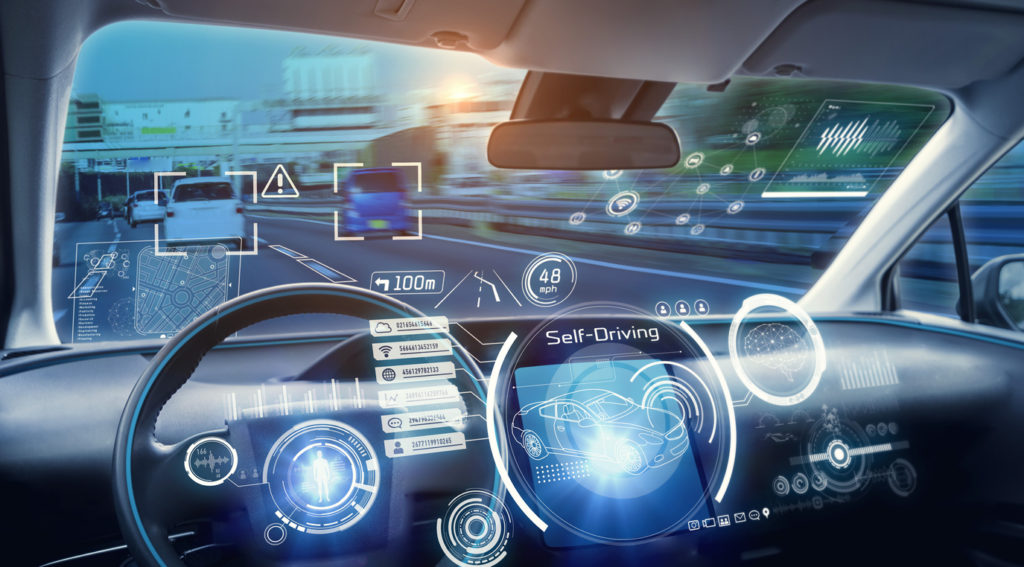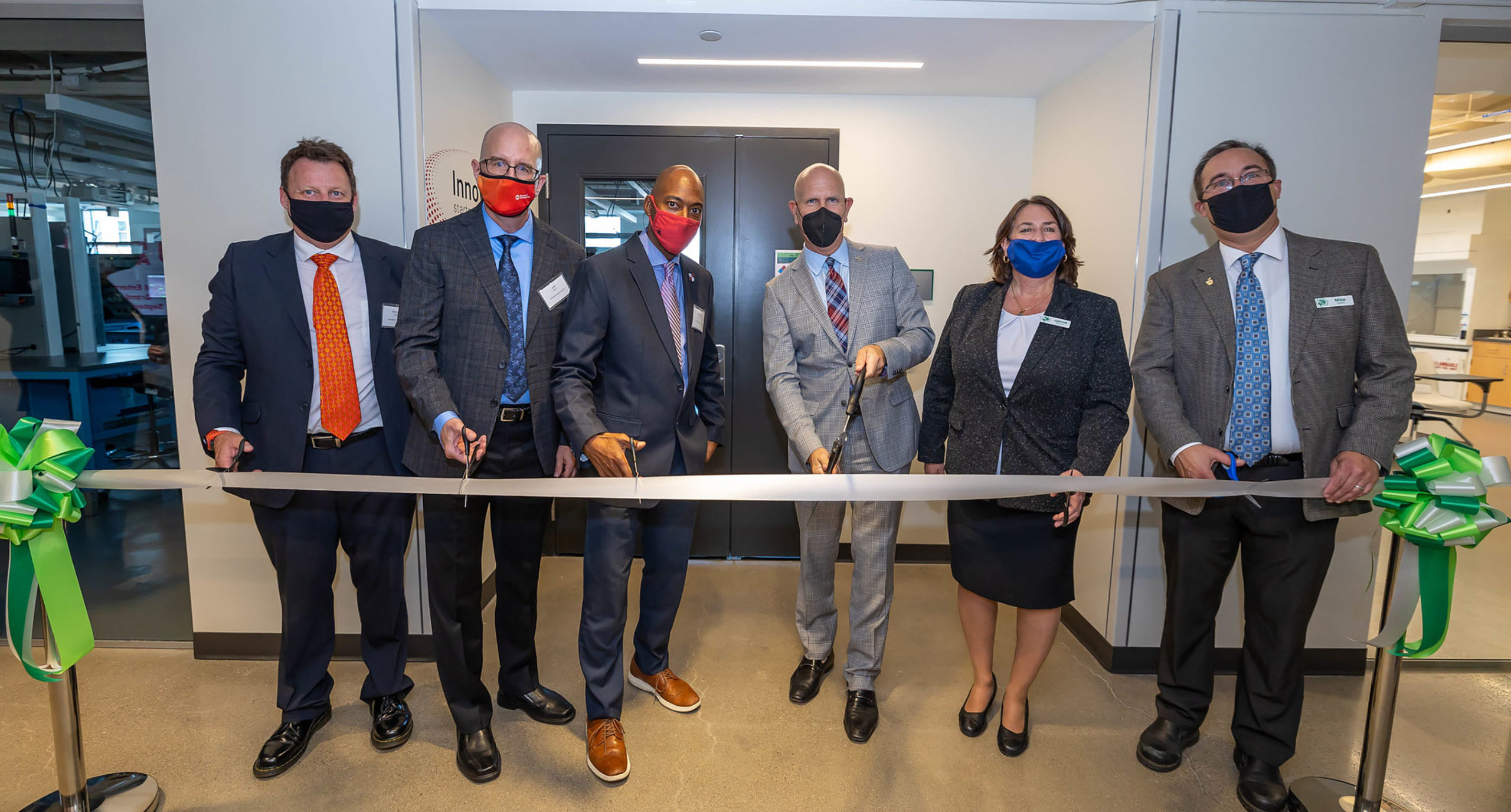
Hands off the steering wheel to build a better future
 It may not seem like you are participating in our country’s transition to driverless cars, but chances are pretty good that you are.
It may not seem like you are participating in our country’s transition to driverless cars, but chances are pretty good that you are.
If basic cruise control is the extent of your car’s automation, it is sitting at Level 0 on the scale of driverless technology, but if it can park itself or keep you in your lane, or steer and brake simultaneously, it is at Level 1 or 2, according to the National Highway Traffic Safety Administration.
Level 3 (and perhaps a few Level 4) cars are the most automated on the road today, currently being used mostly in experimental conditions, says Robert (Roby) Simons, Ph.D., professor of urban studies at CSU’s Maxine Goodman Levin College of Urban Affairs and author of Driverless Cars, Urban Parking and Land Use.
A Level 3 car can follow a pre-programmed route, and “identify children, bicycles, running dogs and other vehicles,” Simons says; it is also capable of avoiding construction sites and accidents, but a driver “still has to be able to intervene at any time.”
A Level 4 car “can do everything,” but not all the time, says Simons, while a Level 5 car drives itself under all circumstances, but we won’t be seeing those on our roadways anytime soon.
Waymo’s ride-sharing service in the Phoenix metro area uses Level 3 vehicles equipped with Lidar, a roof-mounted laser technology that gauges distances between objects, creating a 3D map of the car’s surroundings, and it is not the only advanced driverless technology in use today.
Tesla employs cameras and sensors in and around its vehicles, while Mobileye’s tech is “camera centric,” which the company’s website says helps avoid “over-engineering.”
The number of Americans currently experiencing these levels of driverless tech is low, but the trend is clearly headed north, and Simons expects driverless cars to achieve “a pretty good market penetration” within 7 to 12 years, accounting for “25 to 50% of trips in some places,” he says.
But it’s not the use of our own driverless cars that Simons thinks will bring the greatest change. He says driverless fleet companies will have a more profound impact on our lives and communities, providing opportunities for us to commute, shop and socialize without taking our own cars out on the road.
The resulting reduction in traffic congestion will be massive, he says, allowing us to transform our land use. Today, one-third of a city’s land is devoted to parking. Imagine how cities could change if many of their garages and parking lots became housing and businesses.
Automated driving systems have the potential to create considerable positive change, Simons says, but to get there, millions of us will have to get on board the driverless tech train. He’s confident it will happen, that in the coming years many Americans will choose to put away their car keys at least some of the time, helping make our roads safer and our cities more livable, as we each save possibly thousands of dollars per year.
Also in this Issue...
With access for all: space law and the final frontier
Imagine even non-billionaires can travel to the edge of space (and beyond). See yourself vacationing on the moon. Picture your company mining asteroids, or ushering in a new era of space recycling by repurposing the junk that previously orbited Earth.
Hands off the steering wheel to build a better future
It may not seem like you are participating in our country’s transition to driverless cars, but chances are pretty good that you are.
CSU joins Industry 4.0 with new lab donation
A newly opened state-of-the-art lab in the Washkewicz College of Engineering will train CSU students on some of the same equipment found in today’s advanced manufacturing facilities.


